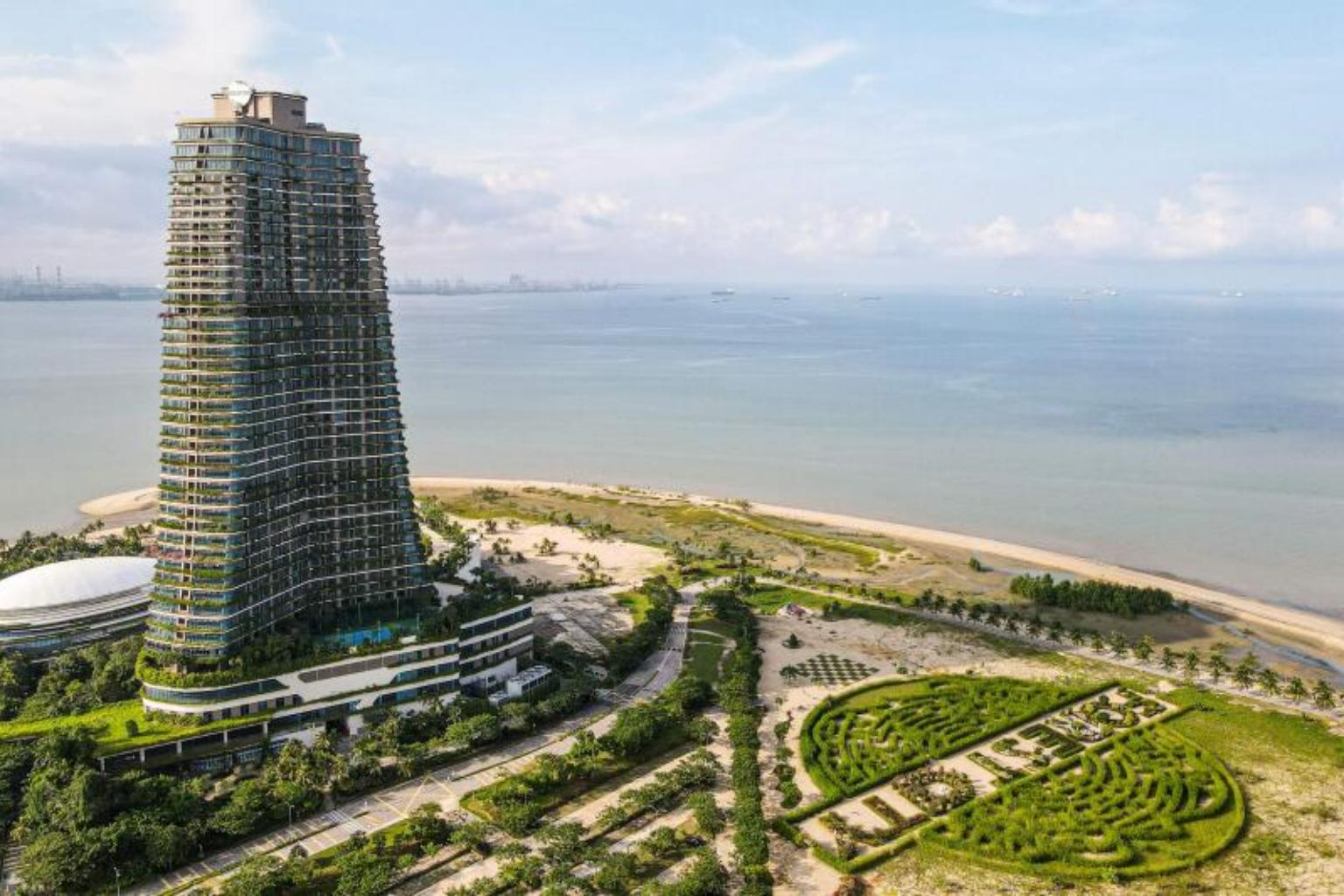For subscribers
S-E Asia should welcome G-7's infrastructure and investment drive
Rather than fixate on comparisons with China's Belt and Road Initiative, consider the benefits to be gained from having an alternative source of capital for much-needed infrastructure projects.
Sign up now: Get ST's newsletters delivered to your inbox

The Carnelian Tower at Forest City, a development project launched under China's Belt and Road Initiative, in Malaysia's Johor state.
PHOTO: AFP
Choi Shing Kwok
Follow topic:
On June 26, United States President Joseph Biden launched the Partnership for Global Infrastructure and Investment (PGII) amidst a busy agenda at the Group of Seven (G-7) summit in Germany. While the US stumped up only US$200 billion (S$275 billion) of the US$600 billion over five years that PGII would provide in confirmed funding, it was clear that the country is the programme's principal driver. Coming soon after the launch of the Indo-Pacific Economic Framework (IPEF) at the Quadrilateral Security Dialogue (Quad) summit in Tokyo just a month earlier, it was another piece of the US' economic response in its growing strategic competition with China.
Since then, much ink has been spilt in assessing the PGII's merits, with most of it being critical and along the lines that it is paltry in scale and too late in the game when compared to China's Belt and Road Initiative (BRI) that was launched almost a decade earlier in 2013.

